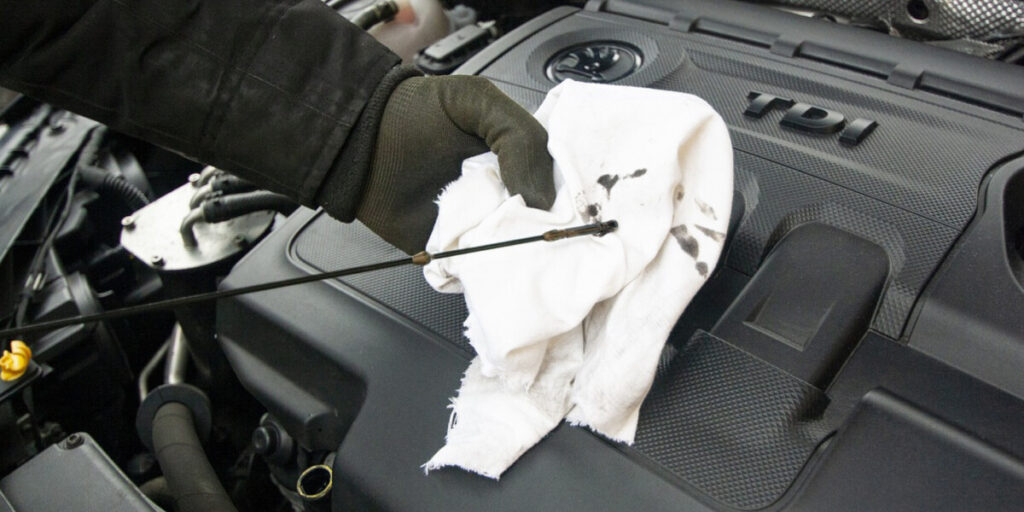Feature in ‘ASPE Pipeline’

We’re excited to share that Montgomery Joneslight, Engineering Manager at Striem, had a feature published in ASPE Pipeline. Montgomery discusses IAPMO’s new industry standard titled IGC 325: High Efficiency Oil/Water Separators and the large impact it will have on the plumbing industry.
Read the article here or below.
IGC 325 provides the industry with a measure to determine how well an oil/water separator functions.
By Montgomery Joneslight
IAPMO (the International Association of Plumbing and Mechanical Officials) has published a new standard titled IGC 325: High-Efficiency Oil/Water Separators. This first and only performance-based standard introduced a new term to the oil/water separator market: high-efficiency oil/water separator. The release of IGC 325 marked a significant milestone as it established a gold standard to measure whether an oil/water separator performs its primary function: collecting and temporarily storing hydrocarbons from a wastewater stream.
What Is an Oil/Water Separator?
Oil/water separators are designed based on Stoke’s law, a physics principle that is used to determine how differences in specific gravity allow immiscible lighter-than-water fluids, such as oily waste, to rise out of the wastewater stream, while sediment and sludge settle to the bottom. Oil/water separators are commonly installed in vehicle service bays, parking garages, and car washes. They are important because hydrocarbon oils pose an environmental hazard to waterways, and wastewater treatment plants are not designed to receive and separate these oils. For this reason, most jurisdictions require applicable commercial establishments to install an oil/water separator on their premises to pretreat oily wastewater.
The U.S. EPA’s national recommended discharge limit for oil in wastewater discharge is 100 parts per million. However, local jurisdictions may deviate from this recommendation to provide their own limits. If a business releases wastewater that is not within the local jurisdiction’s guidelines, they may be fined until they are compliant.
What Does IGC 325 Provide?
A high-efficiency oil/water separator is defined as a device installed in a drainage system that collects hydrocarbons from wastewater with a minimum 90 percent capture rate. To prove that the separator achieves 90 percent efficiency, it must be tested and certified to IAPMO IGC 325. The oil used in the standard is motor oil. Testing requires the influent oil concentration to be 1,000 parts per million, and the effluent oil concentration must be below 100 parts per million to pass the performance requirement. The standard uses this benchmark for allowance and certification as it aligns with the national recommendation for discharge limits into the sanitary sewer.
Prior to the publication of IGC 325, no standard was available to determine whether an oil/water separator met minimum effluent quality guidelines. Now, manufacturers can subject their separators to a rigorous test to determine the effectiveness of the product. This process provides the industry, especially specifying engineers, with a measuring guideline to determine how well an oil/water separator functions.
About the Author

Montgomery Joneslight is an Engineering Manager with Striem, a manufacturer of oil separators, solids interceptors, and acid neutralization tanks in Kansas City, Kansas.
He graduated from Missouri University of Science and Technology with a degree in Nuclear Engineering and Mathematics and has been working in the commercial pre-wastewater treatment industry since 2017. In his free time, he enjoys listening to live music and traveling the world.